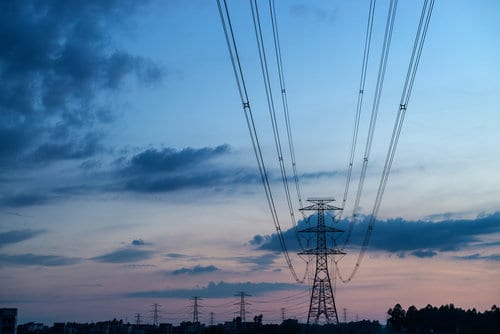
While some Queensland business continue to reel at massive cost increases brought about by new metering methodology, requiring big capital outlays for power factor correction, retailers have decided it’s their turn to extract more blood from the stone.
As of July this year Energex customers who are on demand based charging went from kilowatt peak (KW) billing to kilovolt ampere metering (KVa). The headline charge per unit for this demand charge dropped by about two dollars per unit, however the new measuring system meant some industrial customers saw their number of these new units increase by up to 40%, causing a massive spike in electricity demand charges. Any customer who had a power factor (a measure of electrical efficiency) below 0.92, copped a non- linear increase in the amount of units charged. Very few companies saw a decrease in demand charges as few exceed this 0.92 power factor number. This has created a mad rush for the sourcing and installation of power factor correction systems designed to repair power factor and push businesses electrical efficiency more towards the high 0.9’s or even an ideal figure of one or ‘unity’.
This has meant a capital cost of thousands to tens of thousands to businesses to rectify their power efficiency. So the apparent drop in the demand charge was, for most customers, a substantial rise in demand and possibly consumption charges as well, which is also likely to adopt the new measure.
While the businesses still struggle with these on-going or capital costs, many who now seek to lock new retailer supply contracts for the next twelve to twenty four months, are seeing rates across the board rise by two to three cents per kilowatt hour, from a current price of four to six cents regardless of retailer. Are we seeing a petrol like cycle emerging where the big gentailers are in cahoots with electricity supply? Or is the high reliance on gas in Queensland suddenly forcing prices up?
What this does mean is that solar for industry has just been given a huge boost, even where solar has little of no impact on demand charges, the thirty to fourty percent increase on returns by only replacing consumption makes the installation of solar even more attractive. It’s also good for the retailers who are now basing contracts on high price periods, only to reap sweet margins when supply drops in the cooler months.






